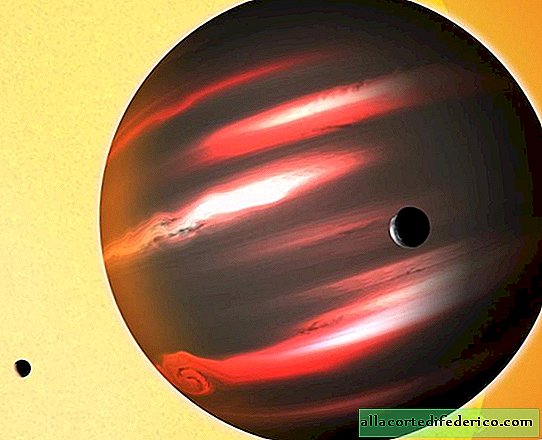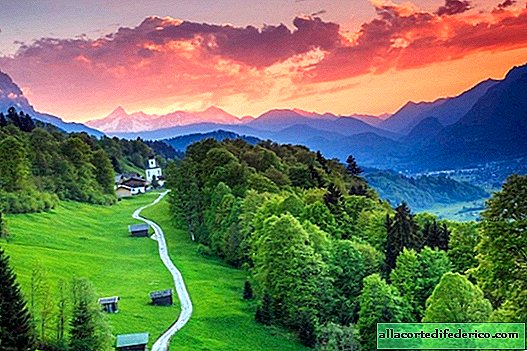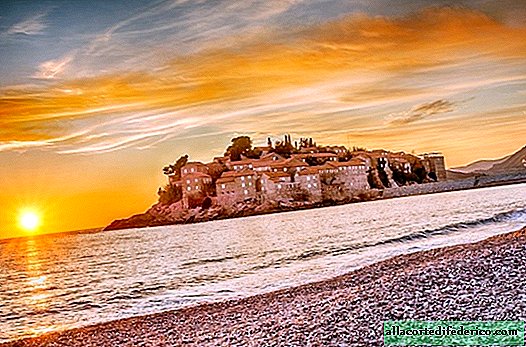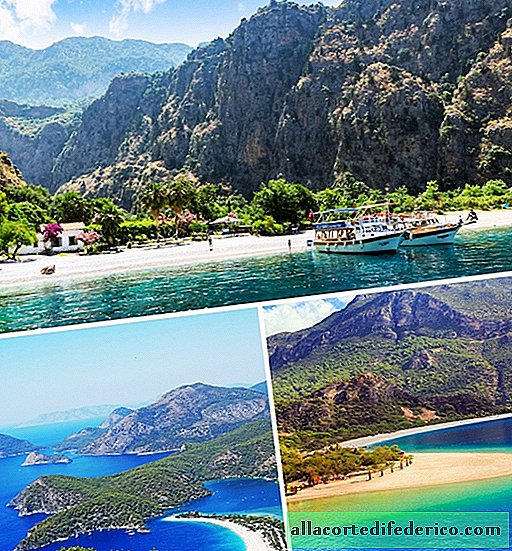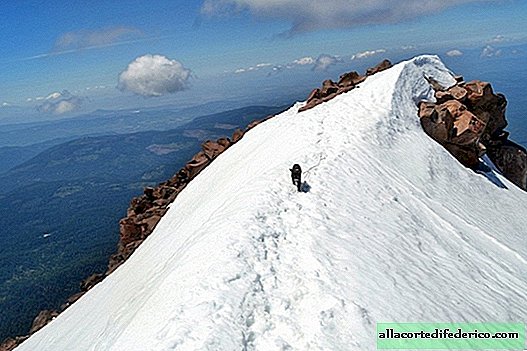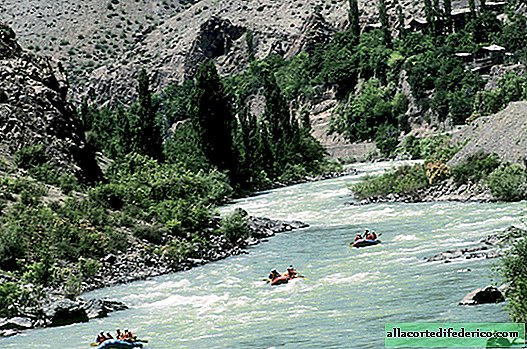How Columbus expedition and the conquest of America led to a cooling on the planet
If you still doubt that rainforests can have a serious effect on the balance of oxygen and carbon dioxide in the atmosphere of our planet, then you should familiarize yourself with the work of scientists from the UK. They put forward an interesting hypothesis, according to which the invasion of the Spaniards and the disappearance of the American Indian civilizations led to climate change, namely to its cooling.
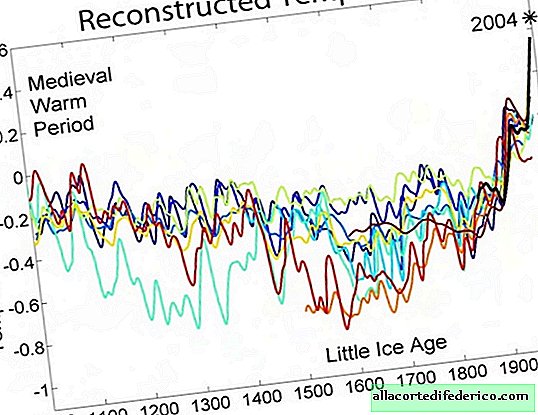
We are talking about the period of the Middle Ages, when the so-called Small Ice Age was observed. A noticeable decrease in temperature on the planet was recorded in the XIV-XIX centuries, and the peak of cooling occurred in the XV-XVIII centuries. It was precisely in the 15th century that the mass destruction of the Indian peoples inhabiting Central and South America occurred, which, according to researchers, led to global planetary changes.

In America, before the arrival of the Spaniards, there were several developed Indian civilizations that had a significant impact on natural ecosystems. According to historians, the population of pre-Columbian America was about 60 million people. The largest number of Indians was concentrated in the empires of the Incas, Aztecs and Mayans, which were located mainly in tropical and subtropical regions. These were agrarian civilizations engaged in the cultivation of corn and other grains, and forest tracts were regularly burned to expand arable land. Arable land at the time of the arrival of Europeans amounted to more than 50 million hectares.

But after the devastation of the Indian cities, their agricultural fields and irrigation canals were abandoned. The tropical forests, which had a high regeneration rate, swallowed up abandoned fields and settlements for several decades. Scientists have suggested that it was precisely due to the rapid increase in the area of forest stands that there was a sharp decrease in the carbon dioxide content in the atmosphere, which, as you know, is a greenhouse gas and has a heating effect. In addition, greenhouse gas emissions decreased as a result of forest burning. A decrease in carbon dioxide concentration was recorded in the study of Antarctic cores.

Researchers attribute the medieval cooling to the increase in the area of tropical forests, which affected the absorption of carbon dioxide. Thanks to this work, some previously existing hypotheses will have to be reviewed, for example, about the causes of the onset of the small ice age. It was previously believed that it was caused primarily by the slowdown of the Gulf Stream, the activity of volcanoes and a change in solar activity. Among the secondary reasons, the reduction of arable land in America and Europe was also indicated, but judging by the latest data, it was agrarian degradation that caused such a massive cooling.


